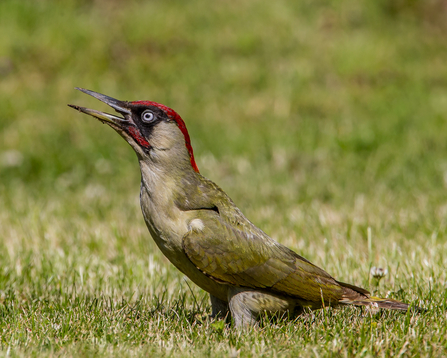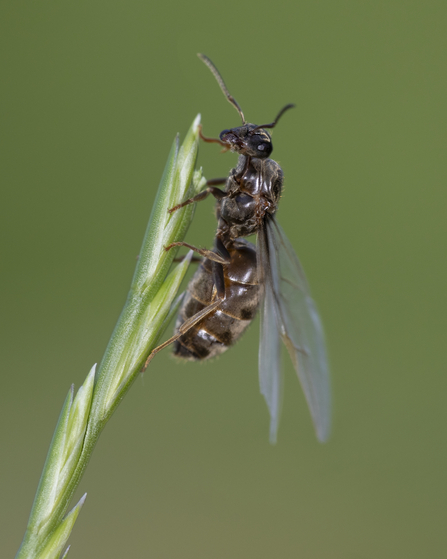I'm always looking out for signs of wildlife when out and about. Last night, whilst walking my dog I was so excited to see the first signs of the upcoming phenomenon - flying ant day (well, we’ll come to the day part in a bit)! The telltale small mounds of dry soil and sand erupting from any gap in the pavement like little volcanoes makes me so happy.
My excitement about ants could be classed as being a bit weird, but I think ants are pretty amazing and they are quite misunderstood by most people! Depending where you are, depends on what species of ant you’ll see. Around our homes and other urban areas, you are most likely to see black ants (Lasius niger).
Without ants we would have pretty rubbish soils. They are super little farmers acting like little ploughs, churning the soil with their tunnelling. This help plants’ roots to move through the soil and for water to drain. Ants add nutrients to the soil and help get rid of detritus, eating other insects as they go about their work. We would also have lots of hungry creatures without them, as green woodpeckers, grey wagtails, sparrows, starlings, wren and robins all like to feed on them.



